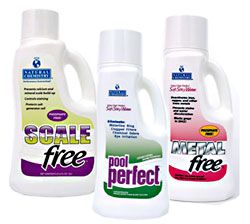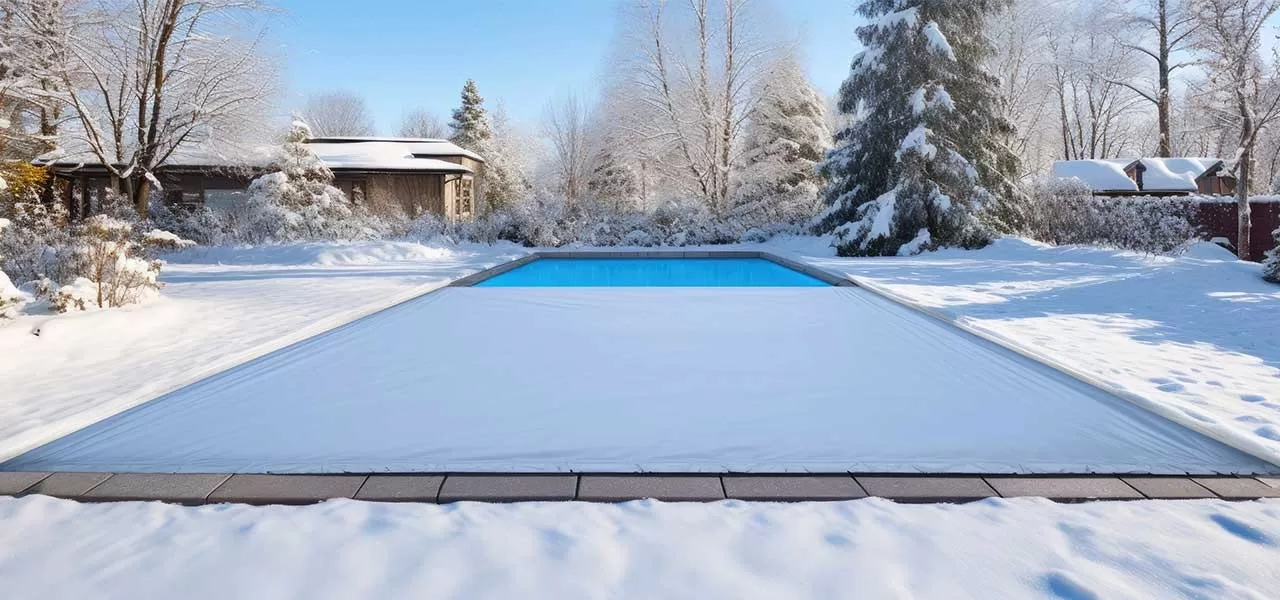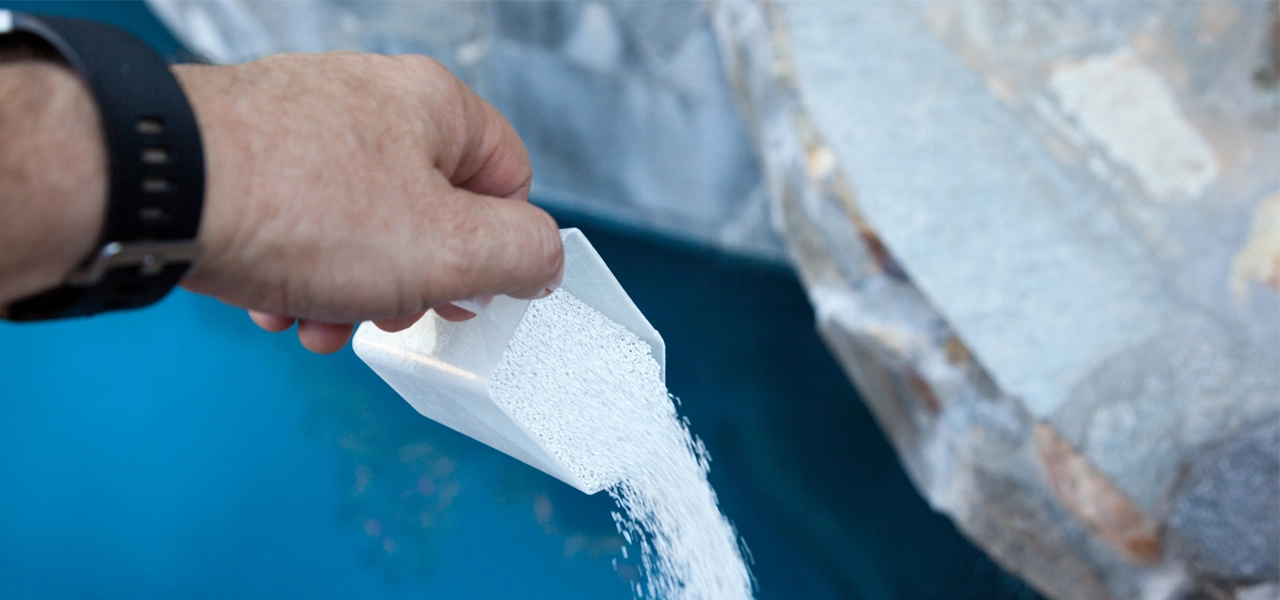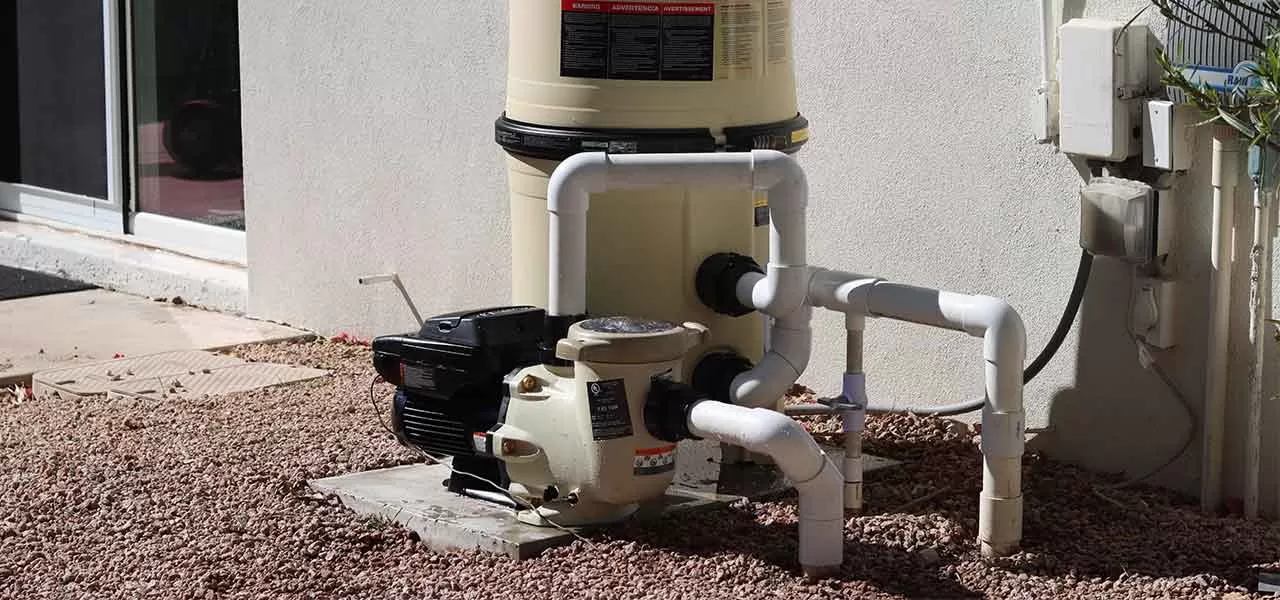What’s different about closing a vinyl liner pool? The process of winterizing the equipment and plumbing is the same, but care of your vinyl liner during winter requires some extra precaution.
Monitor Water Levels
In a vinyl liner pool, if the water leaks during winter, you run the risk of complete liner failure. This is because without the weight of the water to hold a liner in place, it quickly pulls away from the wall, and shrinks during cold winter weather. Although any pool type that drains empty during winter is in danger of shifting or floating, if the water goes below the shallow end floor of a vinyl pool, you will certainly have trouble resetting the liner, and may have to replace the liner.
Keep an eye on the water level during winter. Add water as needed, to keep the pool full, and if you have an early season leak, pull the cover off and do some Winter leak detection. Also be careful not to pump out the pool water through holes in a solid winter pool cover!
Not too low, Not too high. If your vinyl liner has no leaks and you also have a mesh safety cover, you’ll need to monitor the water level under the cover, and lower the water if it touches the underside of the cover. Very Important for pools surrounded by dense trees, which will turn your pool into a brown tea, which can stain the liner or plastic pool trim, a dull brownish color.
Keep the water level 3-9 inches below the skimmer opening, by lowering it with a submersible pump or siphoning water out of the pool.
Prevent Stains in Your Pool
With the pool water not circulating for 6 months or more, you’ve not only got to monitor the water level – but also control metals, minerals, and stain-causing oils.

If you live in hard water areas with high mineral content, keep your pool safe from calcium deposits with Scale Free. For pools with high metal content, Iron or Manganese, use Metal Free.
To prevent waterline stains from pollution, pollen, and dust, use an enzyme like Pool Perfect, or the Winter Ball, to consume oily organics that pass through mesh covers easily.
Remember that you can’t just drain and acid wash a vinyl pool, keep your vinyl looking pretty with a strong pool cover and by locking up minerals and metals, and removing oily gunk with an enzyme treatment.
Do not use a chlorine floater in a vinyl pool. Our Winter Kits have a non-chlorine sanitizer that can’t bleach or stain vinyl liners! Chlorine floaters can tip over, or come to rest on a step, or if the water leaks during winter, could come to rest close enough to the floor to bleach and/or stain a vinyl liner.
Do use a leaf cover if you have a floating solid cover and trees near the pool. Dredging leaves from a solid pool cover can poke holes in the cover when you push or drag a sharp stick across the cover. With a leaf net, you can remove all of the leaves super easily without dredging with leaf rakes.
There you have it, some tips on how to close a vinyl liner pool. Actually – these ideas also apply to any type of pool!
For steps on how to winterize, see instructions for inground pools or above ground pools.




